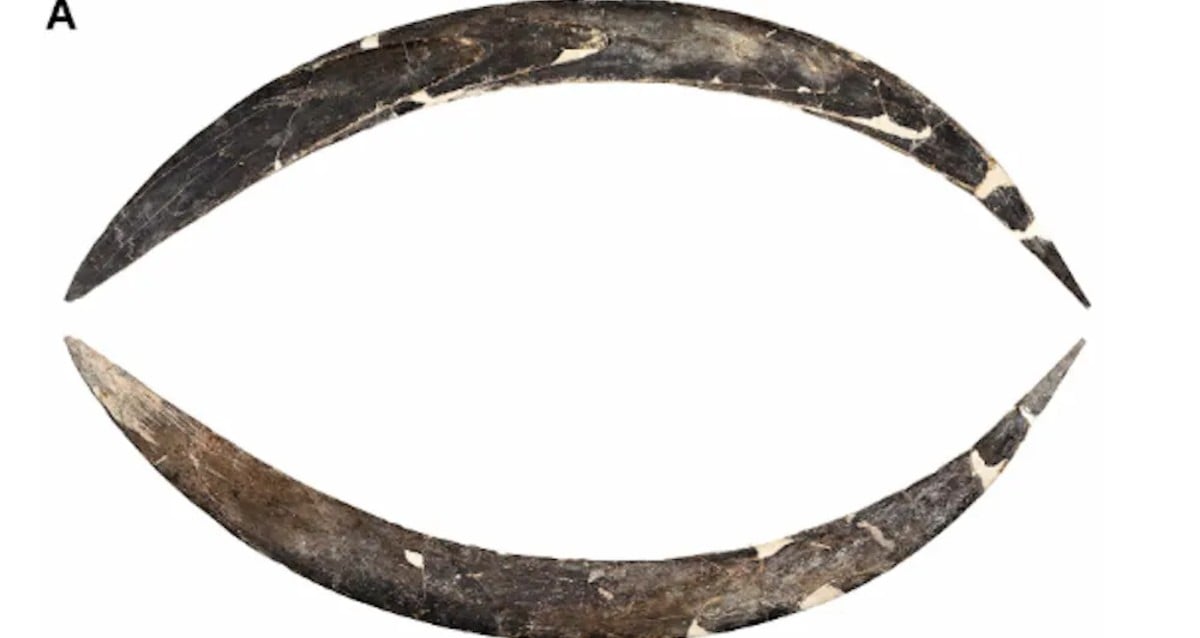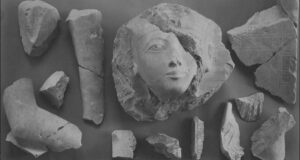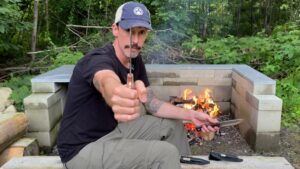Giant Pre-Columbian Funeral Urns Discovered in Brazilian Amazon: What Secrets Do They Hold?
Ever stumble upon something so unexpected it makes you rethink how deep history can be—literally? That’s exactly what happened when a fisherman in the Brazilian Amazon uncovered seven ceramic urns buried just 16 inches beneath the roots of a fallen tree. These urns, containing human remains, lie on a spot once crafted into one of those crazy artificial islands by Indigenous people long before Columbus even dreamed of the New World. But here’s the kicker—we still have no clue which pre-Columbian culture tucked these urns away underground, sparking a wild mystery about who these people were and how they lived. Could these artifacts rewrite the story of Amazonian populations and their ingenious land management? I don’t know about you, but to me, it feels like stumbling onto a secret diary buried beneath the earth — inviting us to piece together a story lost in time. Ready to dig in a little deeper? LEARN MORE
The urns were buried 16 inches deep in a location where Indigenous people once created a series of artificial islands, but it’s unclear which pre-Columbian culture put them there.

Márcio AmaralArchaeologist Geórgea Layla Holanda works to excavate the urns.
A fisherman in the Brazilian Amazon recently came across a fallen tree and found something unexpected within its roots. Buried in the dirt were seven ceramic urns — and they contained human remains.
While it’s not clear which culture these ceramic vessels belonged to, scientists believe they’re pre-Columbian. Now, the artifacts are providing new insight into the lives of the people who once inhabited Lago do Cochila, a site that is part of a group of artificial islands built by Indigenous Amazonians hundreds or thousands of years ago.














Post Comment